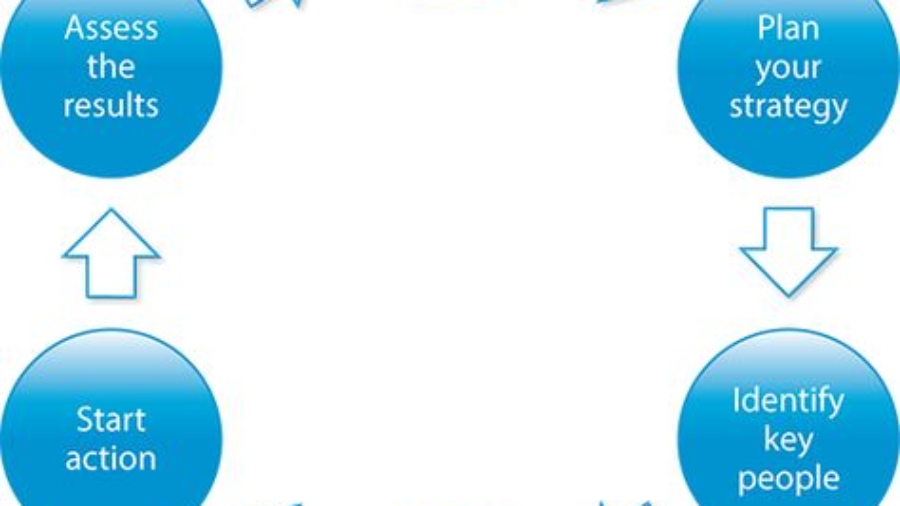Education is a fundamental human right and one of the most powerful tools for combatting GBV. Schools are not just centers of learning; they are hubs where children learn social norms, build friendships, and develop the knowledge and resilience they need to face the world. For children, education can be the difference between growing up with a sense of security or living in fear.
Understanding the Connection Between Education and GBV Children who have access to quality education are more likely to learn their rights and understand the importance of mutual respect and equality. Schools that promote gender equality and teach students about healthy relationships can significantly reduce the incidence of GBV in the long term.
Key Strategies for Schools and Educators
- Curriculum Development: Integrating age-appropriate lessons on gender equality, respect, and consent into the curriculum can lay the foundation for children to learn about their rights from a young age.
- Training for Educators: Teachers should receive training on how to spot signs of GBV, respond appropriately, and create safe learning environments that empower students to speak up.
- Safe School Policies: Establishing and enforcing school policies that address harassment, bullying, and GBV is essential for creating a safe space for all students. Zero-tolerance policies can deter harmful behaviors and foster an atmosphere of respect.
- Counseling Services: Access to school-based mental health and counseling services can help students who are dealing with trauma. Trained school counselors can help children build coping strategies and resilience.
Empowering Students to Be Part of the Solution Schools can involve students in developing anti-GBV programs. Initiatives such as peer mentorship programs, student-led workshops, and open dialogues can empower children to act as change agents in their communities. Encouraging students to challenge harmful stereotypes and support one another can foster a culture of mutual respect.
The Impact of Inclusive Education Inclusive education practices, where both boys and girls learn side-by-side with equal opportunities, can break down gender biases that often contribute to GBV. Programs that teach children about different cultures, genders, and communities promote empathy and understanding.
The Role of Parents and Guardians Parents play a critical role in reinforcing what children learn at school. Open communication between parents and educators ensures that children receive consistent messages about respect and equality at home and school.
Challenges to Implementation While the benefits of educational programs to combat GBV are numerous, challenges such as lack of resources, resistant cultural norms, and insufficient training must be addressed. Governments and NGOs should collaborate to provide funding and training that can support these vital initiatives.
Conclusion Education can break the cycle of GBV and create safer, more inclusive communities. By embedding lessons on respect, consent, and gender equality into the education system, we can equip future generations to recognize, prevent, and ultimately eliminate GBV.
